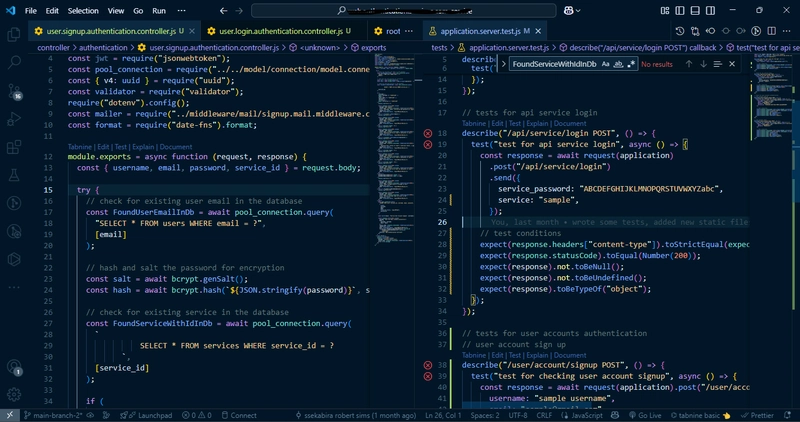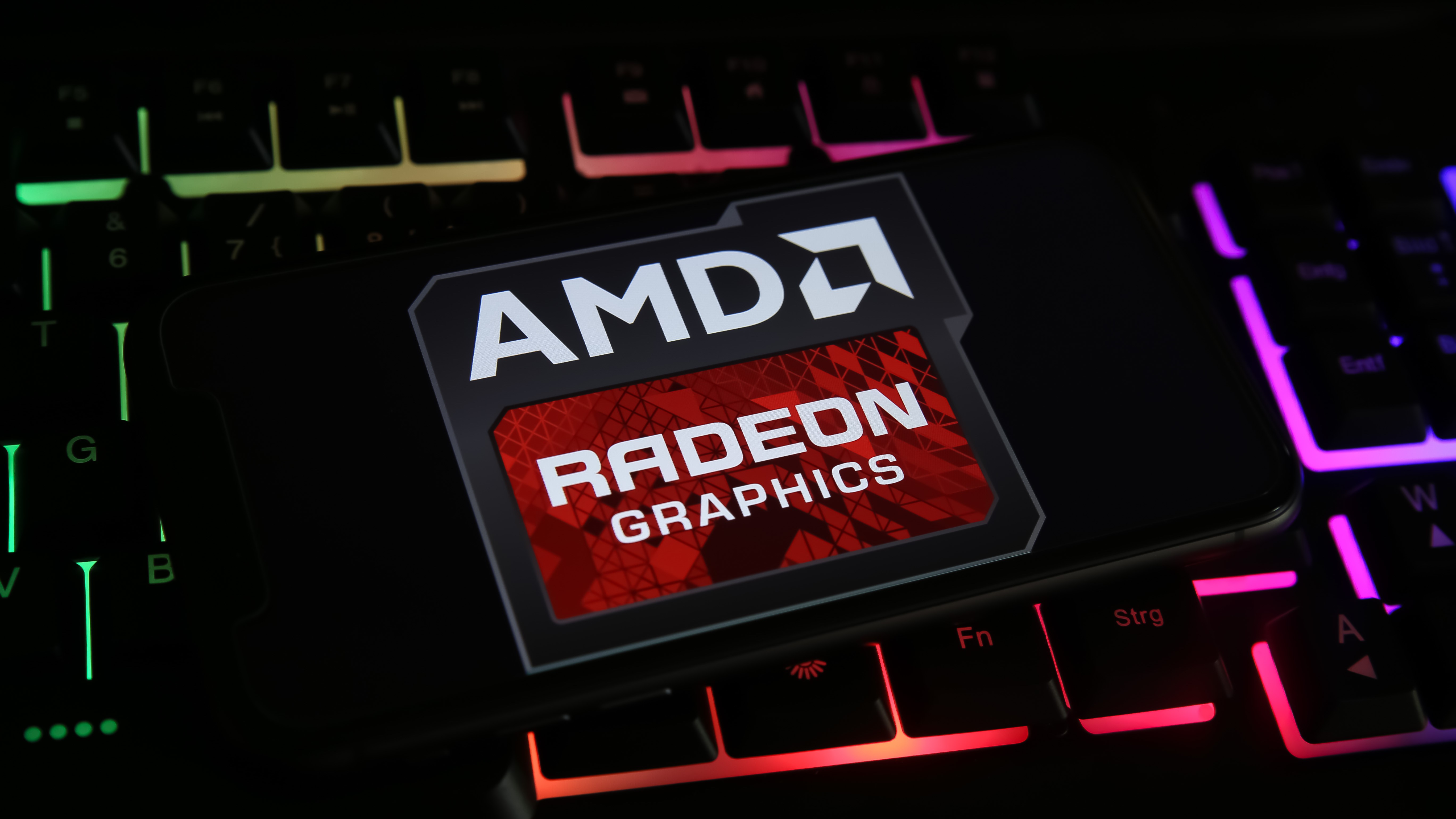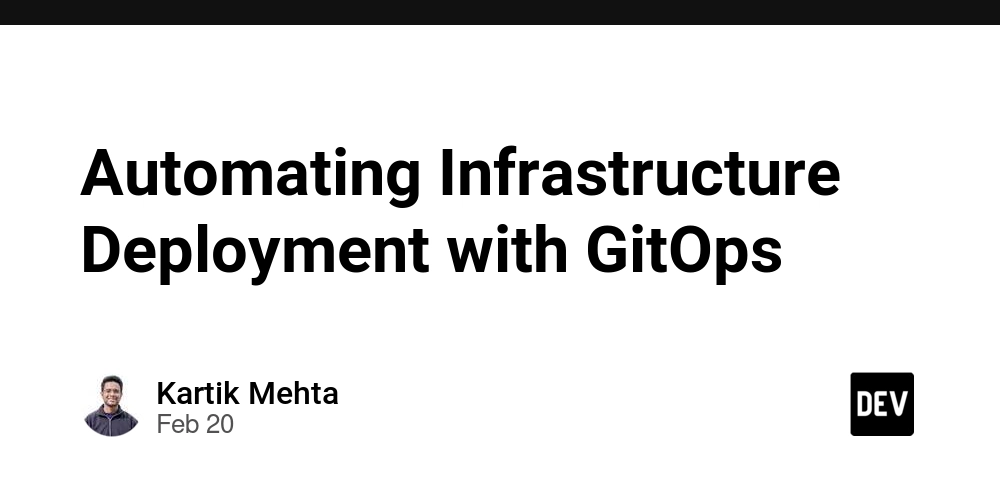Mastering CQRS: Command Query Responsibility Segregation in Modern Applications - Software Architecture Patterns
Introduction Modern applications demand scalability, performance, and flexibility. One common challenge in both monolithic and microservices architectures is handling reads and writes efficiently. CQRS (Command Query Responsibility Segregation) is a software design pattern that separates read and write operations to optimize performance, scalability, and security. In this article, we explore how CQRS works, its real-world microservice applications, and how it can be implemented on cloud platforms like AWS. 1. Why CQRS? The Problem with Traditional CRUD In traditional CRUD-based architectures: The same database schema is used for both reading and writing. Complex joins and transactions slow down queries. High-volume reads impact write performance, making scaling difficult. Security concerns arise when sensitive data is exposed to read operations.

Introduction
Modern applications demand scalability, performance, and flexibility. One common challenge in both monolithic and microservices architectures is handling reads and writes efficiently.
CQRS (Command Query Responsibility Segregation) is a software design pattern that separates read and write operations to optimize performance, scalability, and security.
In this article, we explore how CQRS works, its real-world microservice applications, and how it can be implemented on cloud platforms like AWS.
1. Why CQRS? The Problem with Traditional CRUD
In traditional CRUD-based architectures:
- The same database schema is used for both reading and writing.
- Complex joins and transactions slow down queries.
- High-volume reads impact write performance, making scaling difficult.
- Security concerns arise when sensitive data is exposed to read operations.








































































































































































![[The AI Show Episode 143]: ChatGPT Revenue Surge, New AGI Timelines, Amazon’s AI Agent, Claude for Education, Model Context Protocol & LLMs Pass the Turing Test](https://www.marketingaiinstitute.com/hubfs/ep%20143%20cover.png)



































































































































![From drop-out to software architect with Jason Lengstorf [Podcast #167]](https://cdn.hashnode.com/res/hashnode/image/upload/v1743796461357/f3d19cd7-e6f5-4d7c-8bfc-eb974bc8da68.png?#)









































































































.jpg?#)































_ArtemisDiana_Alamy.jpg?#)


 (1).webp?#)









































































-xl.jpg)












![Yes, the Gemini icon is now bigger and brighter on Android [U]](https://i0.wp.com/9to5google.com/wp-content/uploads/sites/4/2025/02/Gemini-on-Galaxy-S25.jpg?resize=1200%2C628&quality=82&strip=all&ssl=1)










![Apple Rushes Five Planes of iPhones to US Ahead of New Tariffs [Report]](https://www.iclarified.com/images/news/96967/96967/96967-640.jpg)
![Apple Vision Pro 2 Allegedly in Production Ahead of 2025 Launch [Rumor]](https://www.iclarified.com/images/news/96965/96965/96965-640.jpg)


































































































































